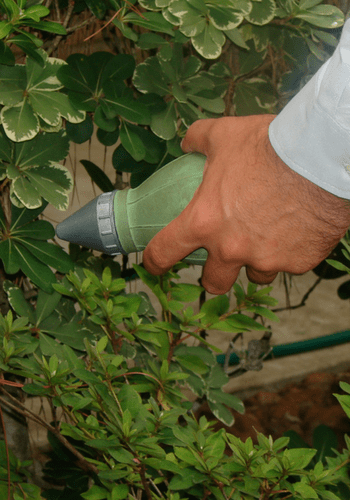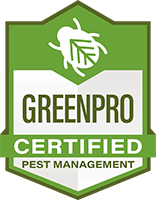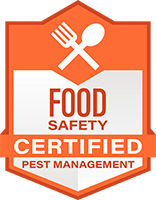
Tick & Flea Control
Helping Austin Homeowners with Fleas & Ticks
One reason that flea and tick infestations are so difficult for homeowners to manage on their own is that you have to treat both inside and outdoors. Often, your pets bring these creatures in on their fur, where they crawl onto your carpet or floors to hide and breed until they find their next victim. Other types of wildlife, including rodents, opossums, raccoons and even birds, can also bring fleas and ticks onto your property and into your attic, crawl spaces and other parts of your home.
Chem-free’s effective and low-impact approach involves pre-treatment measures, localized application of treatment solutions, monitoring and ongoing cultural controls.

Pre-Treatment Guidance
As with all the pest control services Chem-free offers, flea and tick control is based on the principles of integrated pest management (IPM). This philosophy emphasizes what we can do to make our homes and yards less desirable for pests in the first place. By taking these preventative measures, we can minimize the use of chemicals to control your pest population. As the first step in our treatment protocol, Chem-free customers are given a pre-treatment checklist. Some of the things we recommend homeowners do include:
- Sweeping, vacuuming and mopping your home thoroughly to remove live bugs and their eggs. We recommend that this step include all your flooring and furniture, as well as your wall junctions.
- Removing any excess items which are in contact with your floor, since this provides refuge for these creatures to nest and breed.
- Mowing your lawn and removing grass and leaf clippings to minimize outdoor harborage areas.
- Removing or covering any human, bird or pet food left out for longer periods of time, at least temporarily.
Taking these steps before we re-assess your property will help us better target the infestation, to increase the impact of the treatments and reduce the area where any chemicals will be applied.
Application of Low-Toxicity Products
Once your flea and tick population has been reduced through managing your home’s ecosystem, a highly-trained Chem-free technician will conduct a comprehensive survey to identify which areas would be appropriate for application of a chemical treatment. Chem-free’s treatment products are specially formulated to create a barrier between the active ingredient and the larger environment, which means that these materials are less likely to be absorbed into your soil or any other type of organic material. This technology also reduces exposure and impacts to humans, pets and even the plants in your yard.
Monitoring
As is the case with many of our services, customers may see a temporary increase in flea and tick activity after initial treatments are applied, since these products drive these creatures out of their normal resting and nesting areas. A flea’s life cycle is about 21 days, so we expect that homeowners will see a significant reduction in their pest population three weeks after the final treatment. Chem-free customers who take advantage of our warranty can call back after this time to schedule re-treatment appointments, as needed.
Cultural Controls
Homeowners who have a pest infestation have one question after treatment is complete: how do I keep the pests from coming back? That’s why we provide Chem-free customers with a set of recommendations to keep homes flea and tick free. One measure we suggest is to continue to vacuum each week for a month after treatments are complete to remove any lingering fleas and ticks and their eggs. We advise homeowners to dispose of your vaccuum bags each time to ensure that eggs aren’t allowed to mature and hatch just at the time you are ready to evict these unwelcome houseguests.






